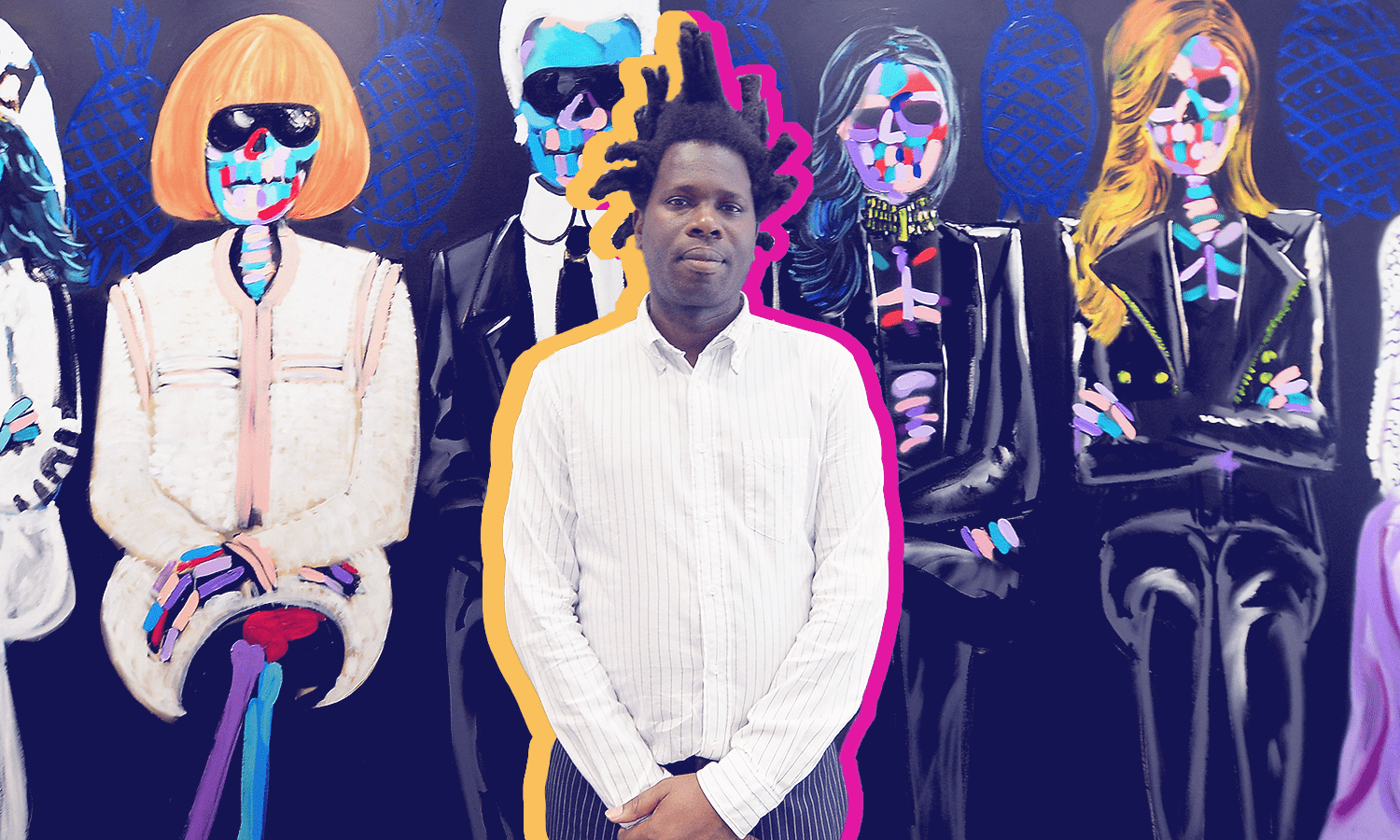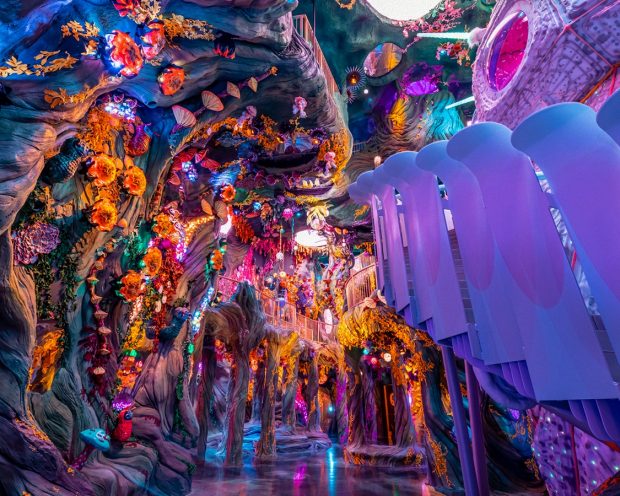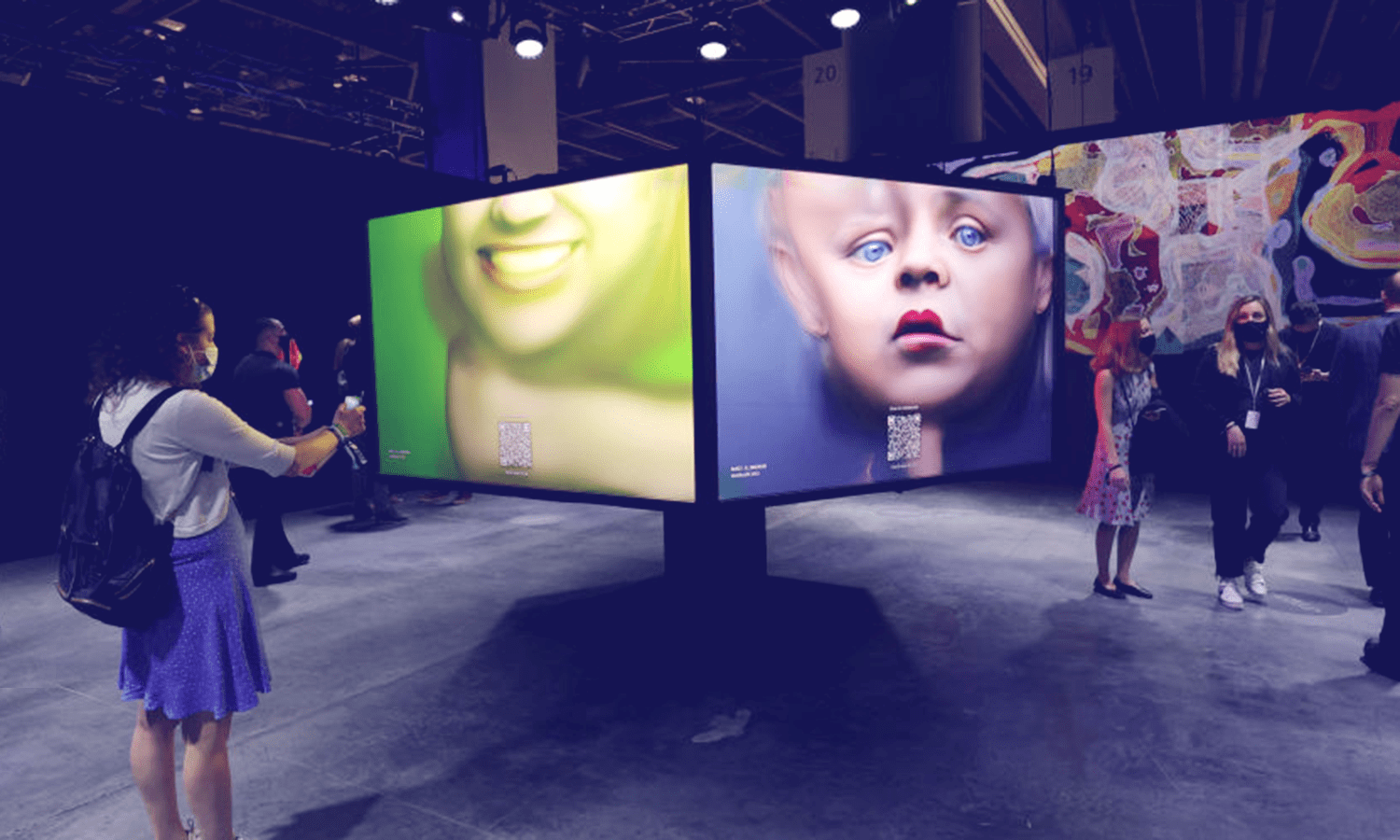When art is income: Navigating brand relationships with Bradley Theodore

Brand and artist partnerships work for many reasons. First, the artist has the chance to expand their audience beyond what they could ever achieve solo. Additionally, the brand can prove its relevance and authenticity to consumers by both supporting the arts and achieving a level of cool that doesn’t often come organically (okay, almost never comes organically). The Turks and Caicos-born, Miami-bred artist Bradley Theodore has proved himself a master at navigating the worlds of creativity and commerce. You’ve no doubt seen Theodore’s work. His colorful paintings, prints and sculptures depict everyone from anonymous strangers to icons like Marie Antoinette and Anna Wintour. A digital designer by trade, Theodore immersed himself in the New York art scene, painting murals throughout Lower Manhattan as well as exhibiting at the Maddox Gallery. Theodore has worked with many prominent brands — Moët, Nike, Rolls Royce, Moleskine, Monopoly, and the US Open to name a few — but how does he decide which opportunities to take? We spoke to him by phone to discuss some of his most high-profile partnerships, his advice for artists building their brands and why it’s important to remember that “coffee is not free.” View this post on Instagram A...

